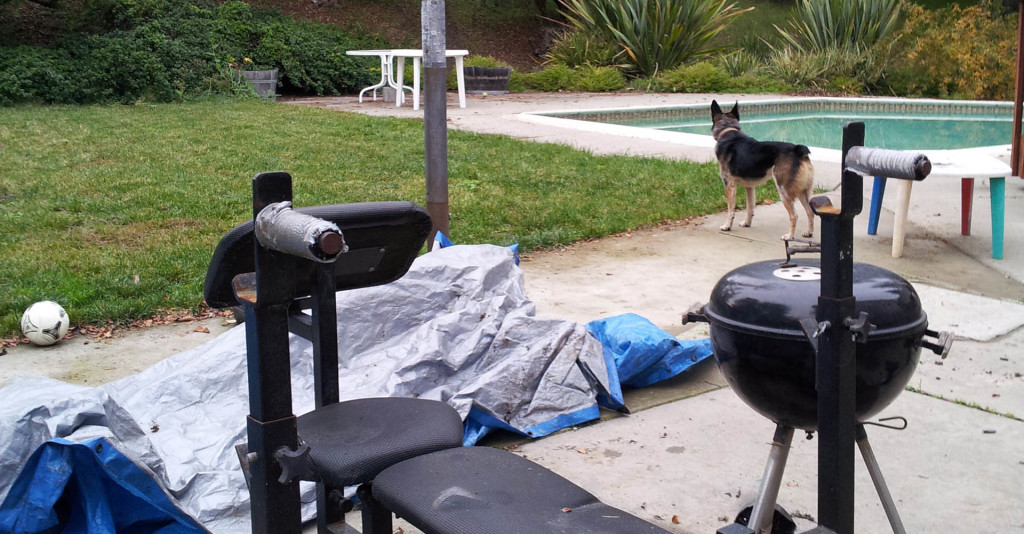Over my years learning about exercise, physiology, nutrition, and psychology, I’ve attended, read, listened, and participated in long discussions talking about the best ways to do things. Always, it’s a debate about the optimal way to lift a lot of heavy weight, the proper way to train to run a marathon, or the healthiest way to eat. We talk about squats going past parallel, doing too much (or to little) cardio, how eating too little (or too much) protein may harms us.
Even with all the science papers, the anecdotal evidence, and the legions of personal trainers at beck and call, we have forgotten one piece of the fitness puzzle. That advice is only secondary.
I have one mission when it comes to fitness advocacy – get people to stick with fitness. I want them to enjoy the process, of crafting the body they want and reaping the rewards of fitness over a lifetime.
And if this is the case, conventional fitness advice becomes wrong – if not dangerous. Just take a look at some of the preconceptions that The Biggest Loser creates for those looking to get in shape. Images of 6+ hours of training, intense struggle, massive diet changes, and literally throwing out entire pantries full of food makes fitness seem accessible only to those with infinite willpower. It scares people away from what real training and nutrition are, which can be as innocuous as a couple of 30 minute workouts and a craving. Or, a brisk walk and drinking just one less soda a day.
One size doesn’t fit all when it comes to creating the fitness habit. The best way to exercise, is the way that you can maintain.
Your goals may differ. The celebration of massive muscle that a bodybuilder desires is not the same goal as a powerlifter’s dedication to strength-per-pound. It is not the same as a gymnast’s dedication to creating a “hollow body” and navigating around obstacles. It is not the same as a marathoner’s desire to run farther, faster, or a rock climber’s dexterity and resilience. Goals make a difference in approach.
Your resources may differ. When you lack any single resource for an “optimal approach”, you lose the ability to even begin, and you get nowhere. An encyclopedic knowledge of exercises, body parts, and excellent nutrition won’t do much if you work 60 hours a week and have no equipment or nutritional access. It doesn’t work for a busy, working mom with 3 kids to hit a spin class every single day, and to drink only weight loss shakes. A Chinese student who is fed rice at nearly every meal by family may not find a low-carb diet possible to adopt (personal experience).
Your emotions may differ. People do things in different ways. Some find falling into a fitness habit easy. They can psyche themselves up and leave it all in the gym. They may be extremely motivated to eat the right things for their goals and never struggle with a craving. Others – like myself – can get into a groove, fall out, and may flounder. We may get cravings, and sometimes succumb to some intense binging on ice cream.
There are many experts in the tactics and mechanisms of physiological change. They understand the health benefits or the muscular benefits of doing an exercise a particular way, or why whey protein is so great for repairing worn muscle. There is less expertise in the art of sticking to programs – it’s like people forgot that we are not machines or acolytes to fitness alone. No wonder 68.5% of American adults are overweight or obese, or that 31.8% children and adolescents are overweight or obese. We have excellent knowledge, but poor habits.
You might be wondering what I want this site to be. What I want, is to inspire people to take first steps towards their journey. I want to combine physiological expertise with the art of integrating a program into your life. I want to share stories of how I have gotten back on track, and how others have achieved their goals.
I hope this site, and the ensuing discussion I create, will help you on your own fitness journey. Everyone can benefit from the mental and physical benefits that training and nutrition provide. It’s just a matter of finding where to start, and taking courageous steps.
In the end, I hope I can help you create that moment in your mind where upon any challenge, you rise and say to yourself, “Sounds rough… let’s do it.”

